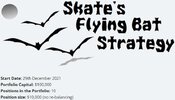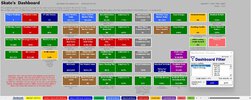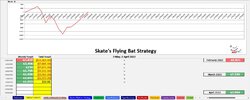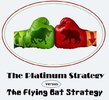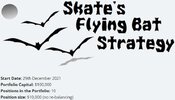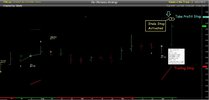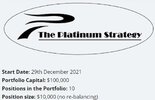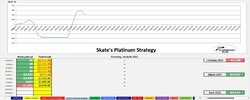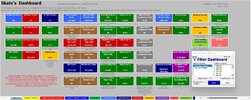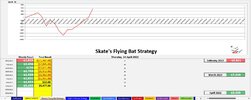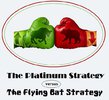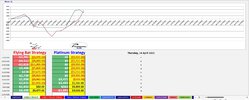- Joined
- 25 July 2021
- Posts
- 875
- Reactions
- 2,215
Wise words for all traders.I would think anyone who is starting out or in fact anyone, no matter how experienced should always trade only to the limit of their comfort zone and limit their risk to the amount they are prepared to lose, so there should be no serious mistakes made. Mistakes should actually be viewed as an asset in order to gain greater understanding.
However, just my thoughts and I am not talking about an automated computer system of course!
PS: Doesn't apply to gamblers.





